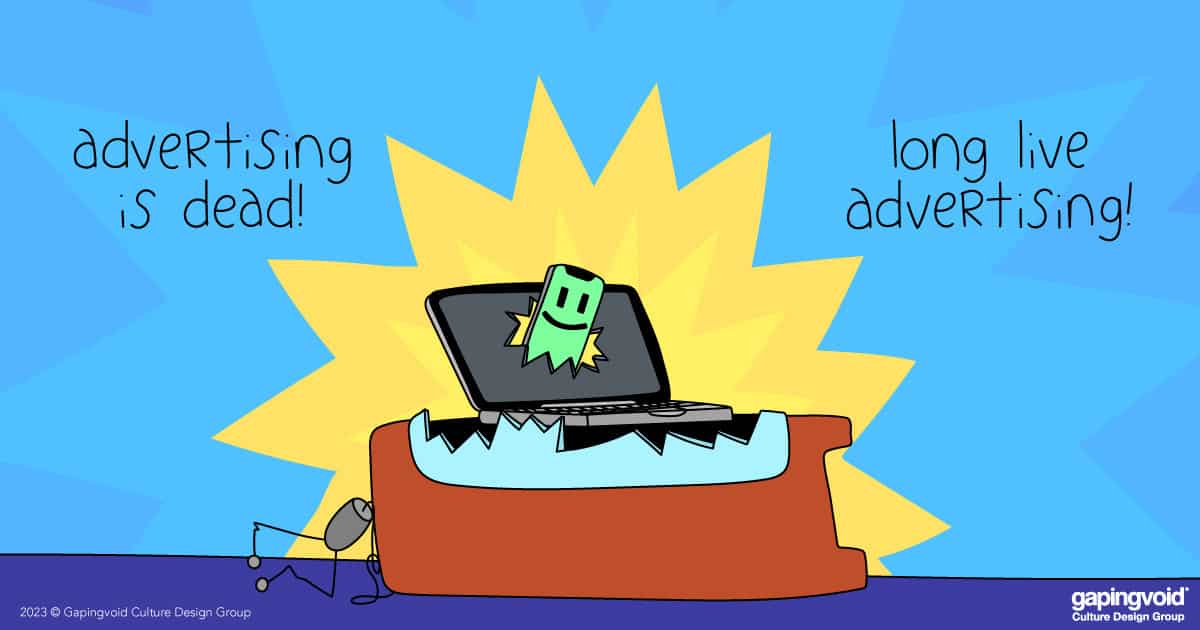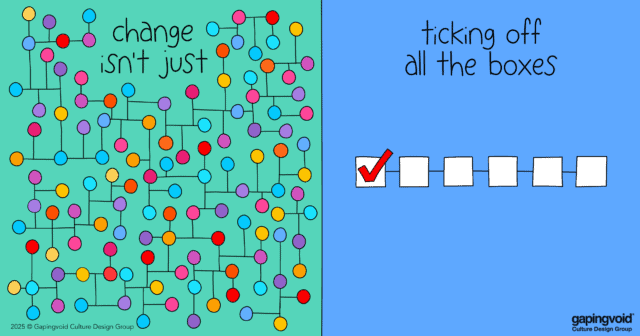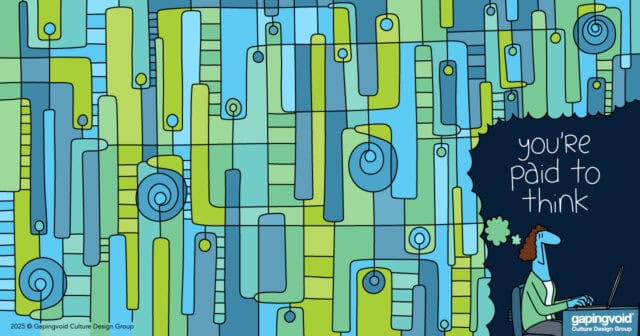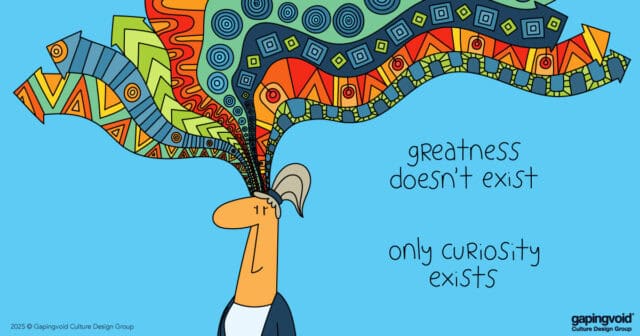
Advertising is killing advertising, and it’s all because of the law of supply and demand.
When advertising works, companies buy more advertising. When companies buy more advertising, consumers become more blind to advertisements. When consumers become more blind to advertisements, advertising stops working. And when it stops working, companies stop buying it.
This is why, ever since the dawn of mass advertising (around the early 1920s, when Claude C. Hopkins wrote Scientific Advertising), those who sell advertising have been caught in an eternal, unbreakable loop to satisfy those who buy advertising.
When advertising stops working and any given form of mass marketing gets hyper-saturated, there’s only one way to break (or shall we say ‘reset’) the cycle: create a new form or medium. This has been happening for the past 100 years, and it’s happening today. As it is written in Ecclesiastes, “The thing that hath been, it is that which shall be; and that which is done is that which shall be done: and there is no new thing under the sun.”
Take the TV display sections in technology stores or the end-to-end walls covered in TVs. Some tech stores are now selling ad space on those TVs and turning them into billboards. Same with the little screens on planes in the back of the headrest of the seat in front of you. Some airlines are now using them to display ads to passengers – targeted using their personal data.
When innovation turns into saturation; saturation compels more innovation. This is why innovation is an infinite game. This pattern in advertising is actually a pattern in, well, everything, from literature to art to fashion to music to technology and even to political and economic theories.
If it’s new, exciting, and effective, everyone copies it. If it’s no longer new, exciting, and effective, it gets abandoned. Something else comes around. The cycle continues.
The real value, therefore, is in the things that don’t change. Things like the human hunger for meaning; things like our collective yearning for connection; things like our need to live out our own hero’s journey. If you get these things in place, it doesn’t matter if you reach people in an airplane display or a TV billboard; a Google Ad or a Facebook Ad; a commercial or a magazine.
Back in the 1960s, Marshall McCluhan famously said, “The medium is the message.”
John Gillard, the well-known London-based communications educator, vehemently disagreed.
His line was, “The medium is not the message, the message is the message.”
Innovation is necessary. But then again, so is remembering the things that we should never have forgotten in the first place.



